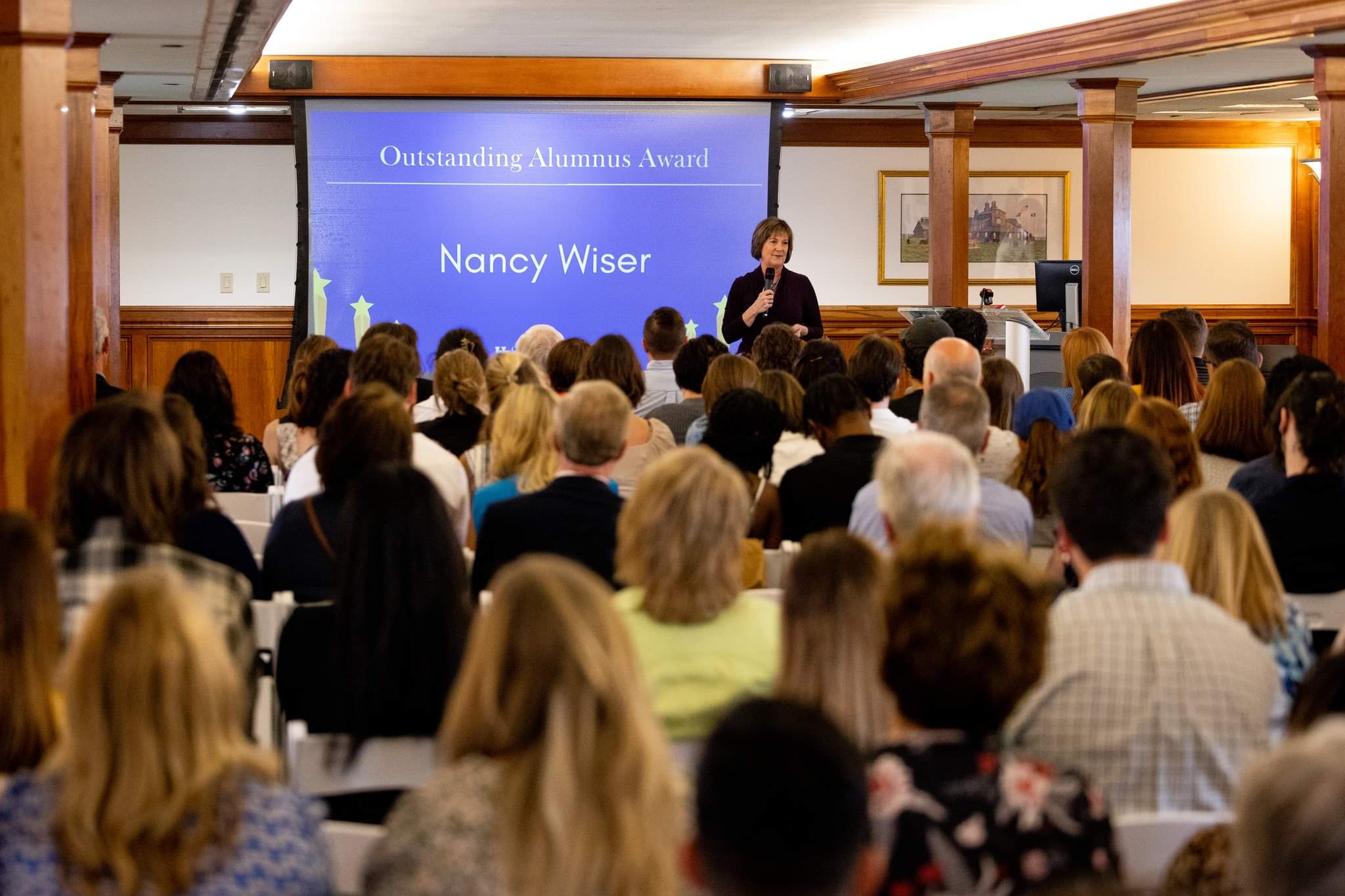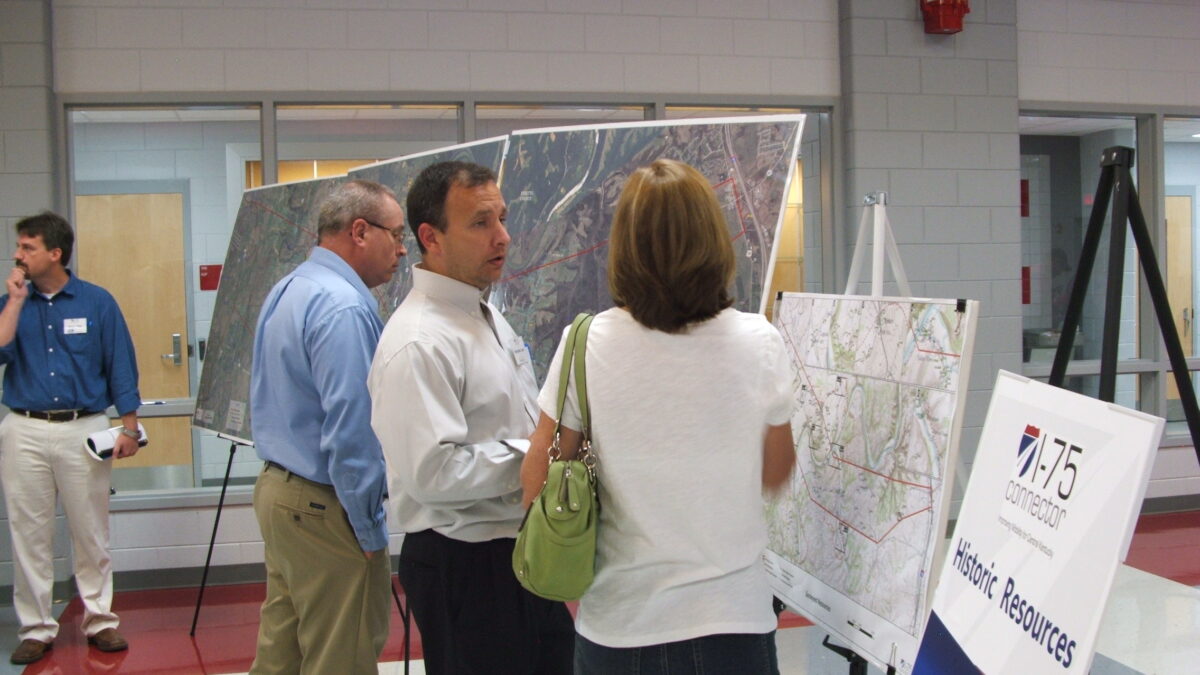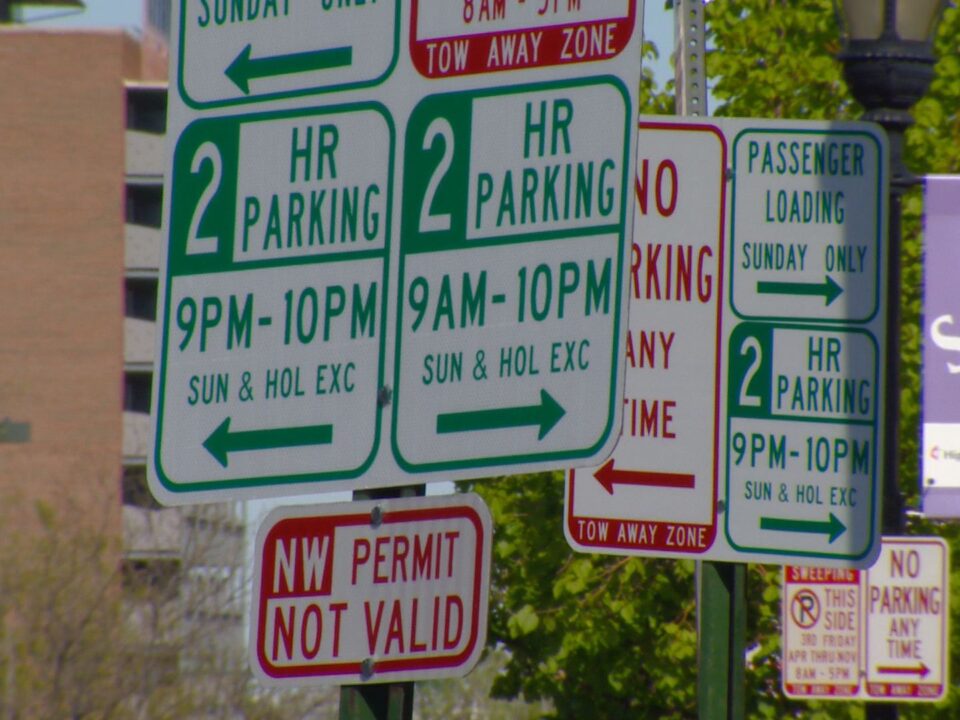
From Insecure Grad Student to Communication Honoree
May 17, 2023
What is AI?
June 13, 2023
When I shared with someone that one of our specialty areas is stakeholder engagement and public input on behalf of public projects, they said, “I’m sorry!” and then laughed. They knew how challenging it can be to do this well. But we aren’t sorry. We know the magic that can happen when we ask people for their opinions and then listen to them.
My first exposure to public engagement was about 30 years ago on behalf of a hazardous waste incinerator. Yes, a controversial topic for sure. Since then, I’ve planned and managed interactions with customers, property owners, activists, and other members of the public. We’ve addressed topics as far ranging as water and electric service, pipelines of several types, and proposed and rehabbed roadways.
Here are a handful of lessons I’ve learned along the way.
#1: The first call is the hardest
When working with Kentucky American Water to obtain public input on its three potential routes for a 33-mile pipeline from the Kentucky River to the point of service, it was my responsibility to make the first contact with a property owner along one of the proposed routes. We had developed a list of individuals and groups in the vicinity. One individual stood out as a well-respected businessperson in the area, and we thought he would make a good initial point of contact.
I had his name and phone number in hand but making that call to reveal information about the project and routes for the first time was a bit unnerving. I knew his response could set the tenor of the public affairs side of the project. With either a cooperative relationship or a combative one, the news would travel quickly. And I was the point of contact.
Fortunately, this individual was open to hearing more and was not overly negatively or positive in his initial response. He turned out to be a good leader and resource that helped us identify others in the community as well as locations for holding public meetings and ways to get the word out.
#2: The anti-project voices are the loudest, and the most persistent
Anyone who has worked on a public project is probably aware of this fact: those who have concerns or complaints will show up, while others may not. If those who are open to the project do show up, they may not say a word for fear of backlash.
Garnering the attention and engagement of the public at large, especially those who may be in favor of or at least neutral on a project, is difficult. And it takes creative thinking.
In all of the projects I have worked on, this continues to be one of the greatest challenges. Fortunately, digital media has given us additional resources, including social media and virtual meetings. It opens doors to interact with people we would otherwise never hear from. The standard communication tools, such as letters and in-person meetings, still play a vital role.
#3: Be careful what you ask for
Terminology for stakeholder engagement and input is specific and, in many cases, a legal matter. There are meetings that are public, which are different from a public meeting. What differences do the public discern, if any, between the terms outreach and engagement? While people may consider a public meeting the same as a public hearing, those in the know realize they are quite different. When partnering with the experts at Lochner, I learned quickly that a public hearing is an official process.
Another part of being careful in what you ask for is how you word questions. It’s difficult sometimes not to bias questions, or not to ask a question that you don’t want an answer for. One lesson is this: If you do not have control over a matter or if the public does not have control over the matter, do not ask stakeholders their opinions about that topic. They will expect their input to impact the outcome.
Defining roles and managing expectations ensures better understanding and builds trust. Only ask questions when the answers can impact decisions. Otherwise, they are fruitless.
#4: Public input is not just for show
The process can have a real and positive impact. For instance, during public input for a potential new road, area residents identified family graveyards, historic rock fences, the location of old railroad tracks, and even a cave that is believed to have sheltered Kentucky’s favorite historic figure, Daniel Boone. These treasures may not have been identified and protected if the public had not been invited to share what they know.
Input is only half of the story. Engagement and understanding are the other half. By hearing what’s going on, people can assess if what they value most is being considered and if measures will be taken to eliminate or mitigate impact.
Don’t get me wrong. There can be negative impacts from public projects such as a road or new transit routes that are put in at the expense of established routes.
But building trust through open dialogue allows the public to be aware of and informed about what is going on.
#5: The federal government’s focus on public input was transformational
The introduction of social justice and a more considered approach to public projects has transformed what used to be an engineer-focused logical process into a more comprehensive, engaged and public-centric program. It costs more and takes more time. It’s challenging but worth it, according to most professionals whose lives center around building and rebuilding our communities and the infrastructure that supports them.
In a study with 10,000 people in 10 global cities in 2019, AECOM found a clear public engagement gap.
“Residents of cities around the world want greater say in infrastructure planning, and they are growing impatient with delays in the delivery of modern infrastructure systems that can improve mobility, connectivity and quality of life,’’ says AECOM Chairman and Chief Executive Officer Michael S. Burke. “Their views should be a call to action for wider government engagement, and new public and private partnerships that can advance ideas, funding and advocacy, and speed the projects that lead to growth and urban well-being.”
Another executive summed up the state of public engagement well.
“The world has changed. People want their voices heard. We’re here to make that happen.” Michele Perret, Principal, Community Engagement Lead, Stantec.
As professional communicators, the fruitful exchange of information is at the heart of what we do. It’s an honor to play a role in giving people a voice in public projects.



